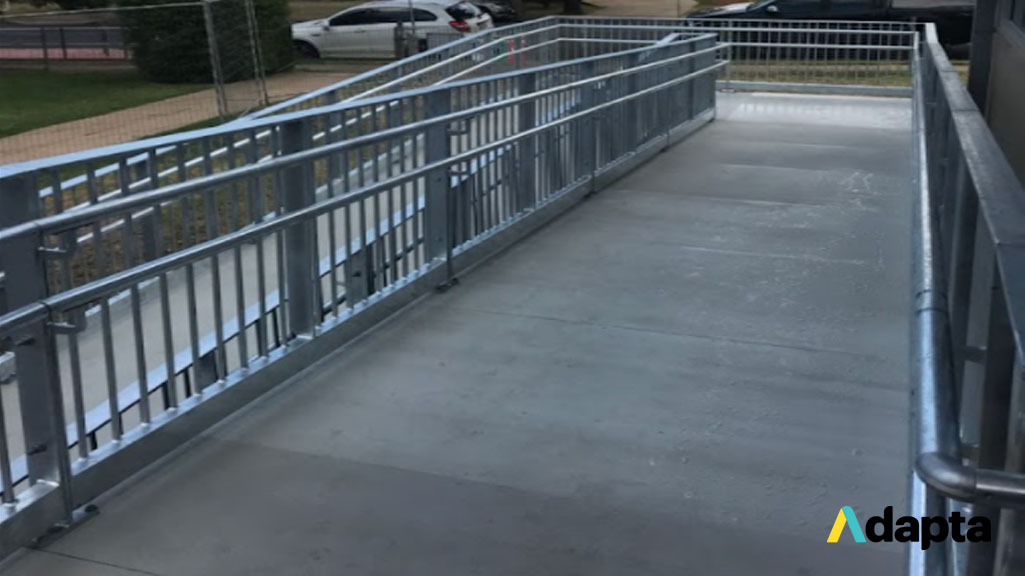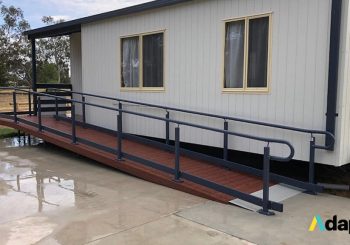Wheelchair ramps are an essential part of homes, establishments, and other structures and facilities commonly accessed by people. That’s because they provide individuals with mobility issues with a safe and easy way to reach their destination.
To ensure the condition of your wheelchair ramp, it’s important to clean and maintain it regularly. This involves making sure its surface is free of debris and that its various parts and components don’t have damage.
In this article, we’ll guide you through the proper ways of cleaning and maintaining a wheelchair ramp.
Clean The Surface
The first thing that you need to do is remove debris from the ramp’s surface. In most outdoor ramps, debris can come in the form of various materials, such as leaves, pebbles, ice, and snow. Probably the easiest way to remove them is by using a bucket of water or a hose to wash the surface. Just make sure to let the ramp dry properly before using it to avoid accidents.
For debris that can’t be removed with water, you might want to try using a plastic shovel or a thick-bristled broom. Clearing your ramp’s surface of accumulated ice and snow using these items is ideal since they’ll still get the job done without scratching or denting the ramp.
Tighten The Bolts And Screws
Most modular wheelchair ramps have bolts and screws to keep their various components together. Over time, these joining parts, which are commonly used to secure the handrails and planks, can become loose. Using common household tools, you can easily tighten these bolts and screws to eliminate wobbling and maintain the overall stability of your ramp.
It’s also advisable to use anti-corrosion substances to keep the bolts and screws rust-free.
Check For Settling
Sometimes, ramps that are installed or built on top of soil, sand, and other unstable surfaces can become uneven as they settle into the ground. This effect can make a wheelchair ramp less levelled and potentially hazardous.
Checking for settling regularly can help you address this potential problem before it gets worse.
Monitor Weather Conditions
If you have an outdoor ramp, then it’s most likely exposed to different weather conditions on a daily basis. By staying updated on the latest weather forecasts, you’ll be able to apply the necessary solutions to keep your ramp usable and safe.
For instance, you can prepare for an upcoming snowstorm by purchasing an anti-icing product and using it on your ramp. This can help prevent ice from accumulating on the surface, which could pose a slip hazard.
Treat The Surface
Generally, ramps with surfaces made from aluminium, steel, or concrete are more durable than those made from wood. But, even if you have a wood ramp, there are still a couple of things that you can do to improve its resistance to damage.
One of these is by protecting your ramp using paint or wood stain. These substances seal the surface of your ramp by blocking its pores. By preventing moisture or water particles from seeping into the wood, you’ll be able to protect your ramp from water damage.



